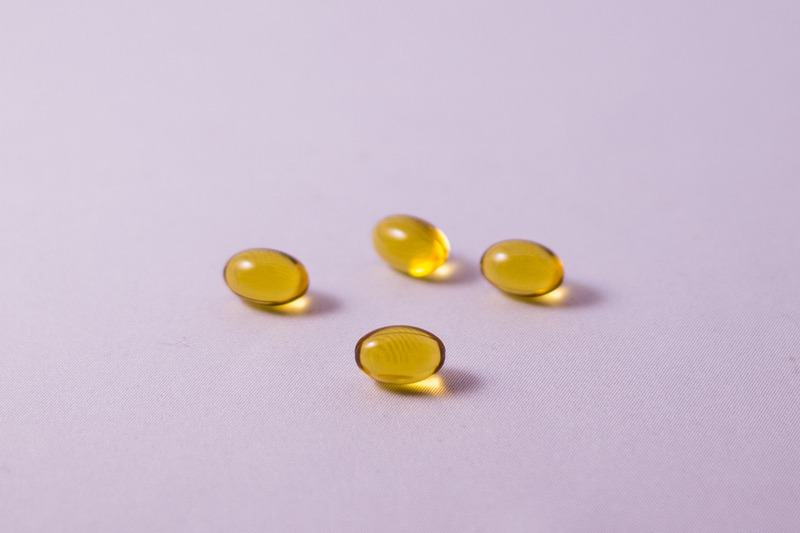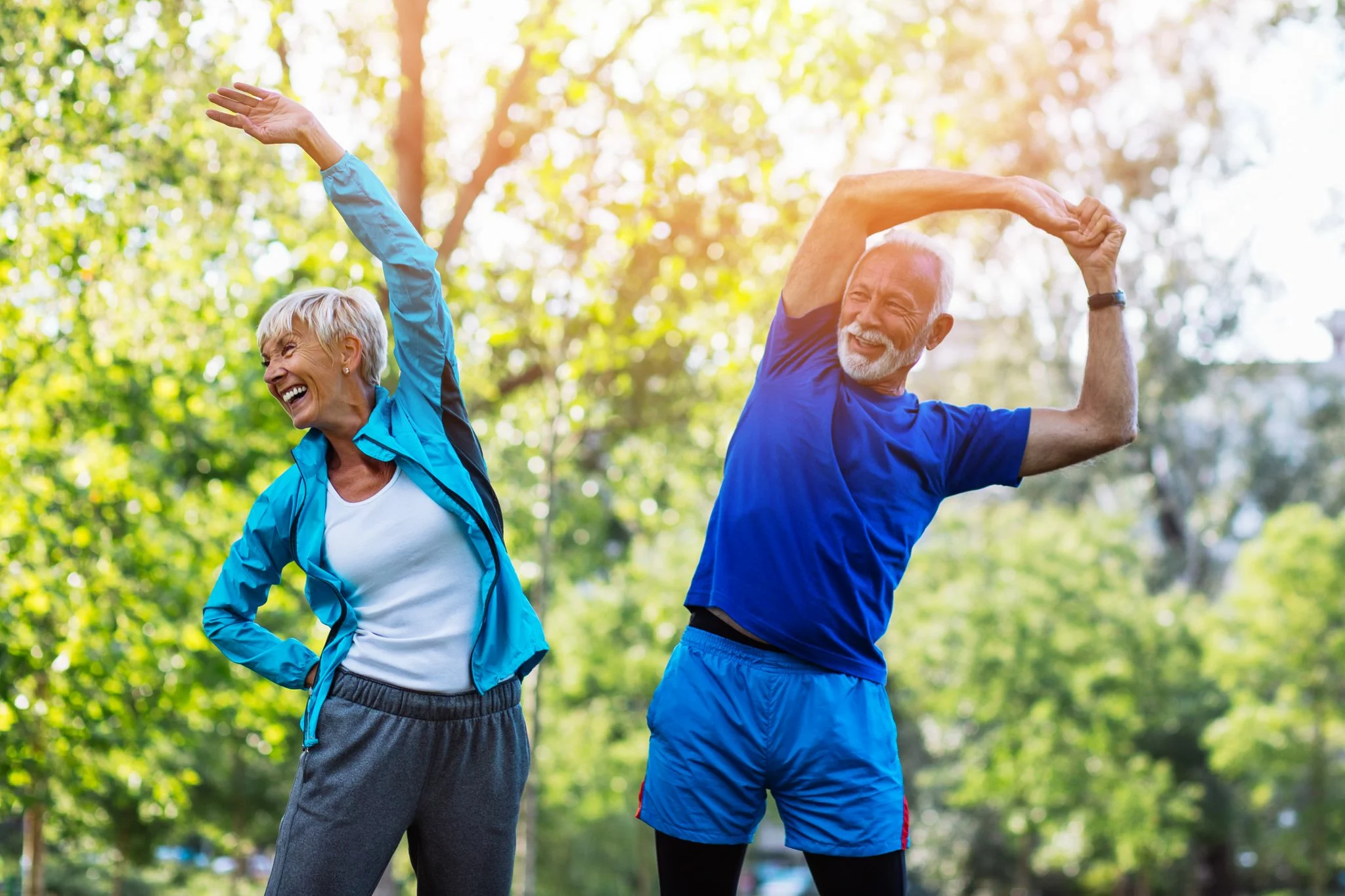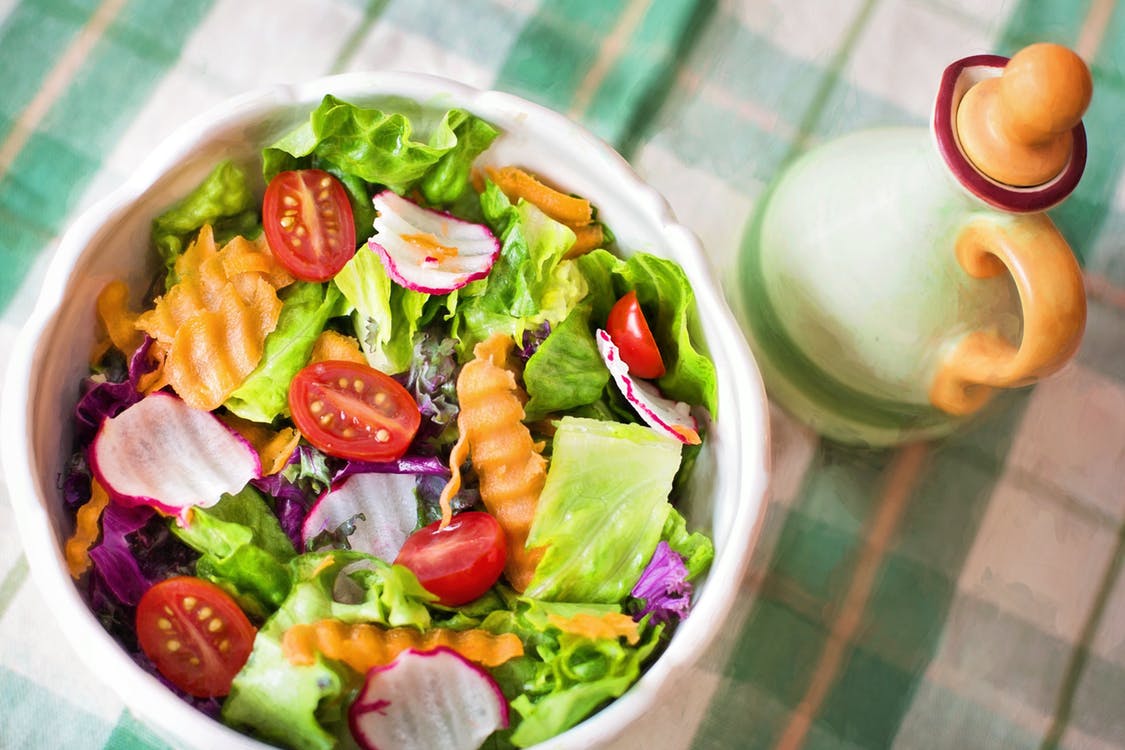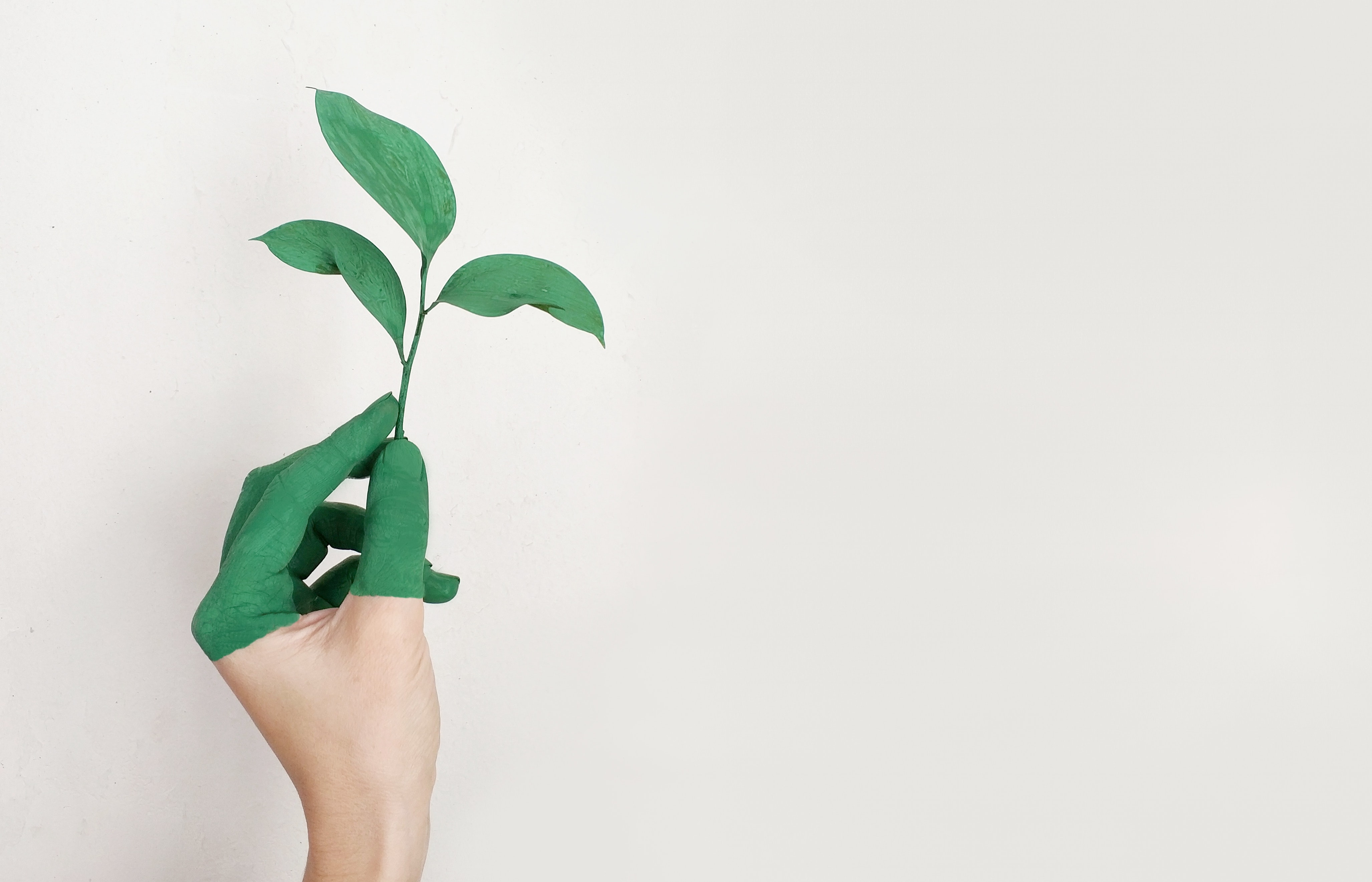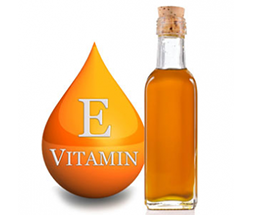Summertime, and the livin’s . . . inflamed?
As we push through the dog days of summer, it’s important to not lose sight of our health. We know — this time of year, it’s tempting to slip into what we call “ice cream mode.” It’s hot outside. The days are long. And no matter where you’re located, there’s likely a camp chair or a lazy front porch hang calling your name. This, combined with the fact that recreating outside is one of the few socially distant and safe things to do this summer, may have you wondering whether or not the summer heat is going to impact your joint pain and inflammation.
Let’s take a look at what to expect, and how you can channel your inner “Hake Life Warrior” to stay on top of your health this summer.
Does heat impact inflammation?
In short, yes. Heat does impact inflammation. During periods of more intense heat, the amount of fluid in your joints can fluctuate, leading to more inflammation and worsened symptoms of arthritis. The joint tissue may expand and contract at abnormal levels during sudden periods of abnormal weather as your body reacts to the sudden changes.
Many people with chronic pain report increased symptoms during sudden changes in weather. In summer, sudden weather changes can include extreme weather events such as record high temperatures or more common scenarios such as an afternoon rainstorm that drastically lowers the outside temperature.
That said, most arthritis patients, according to a National Library of Medicine study, report that dry and hot weather actually helps their symptoms, rather than hurts it. So you’re likely to feel better in warmer climates with less humidity than in cold, damp places.
But it’s important to remember that sudden changes in climate or weather can still trigger your arthritis symptoms. Even though the daily high may have been anything but cold, a sudden drop in temperature can trigger inflammation. Also, keep this in mind if you change elevation during a road trip into the mountains or a steep peak hike, as barometric pressure and thinner air can impact inflammation in addition to the drop in temperature.
“When cold weather strikes, some blood flow is rerouted from our limbs to important organs, such as our heart and lungs,” the UPMC says on its website. “This takes warmth away from our joints, which can cause discomfort. Low temperatures can also make the fluid inside joints thicker, so they feel stiffer.”
Not to say you shouldn’t do the outdoor activities you’d planned on this summer — we’re all for getting outside — just prepare in advance and be sure to bring along your GLX3.
Is inflammation worse during summer?
As we noted above, the vast majority of arthritis patients, and others who suffer from chronic pain, report that joint pain and inflammation is worse during winter and other periods of cold weather. But, prolonged wet periods — such as monsoon season, depending on where you live — can irritate joints as well.
As such, it’s not uncommon to notice periods of worsened inflammation during summer. If you experience an extended heatwave or live somewhere that experiences a “hot season” — where daily high temperatures tend to exceed general comfort levels such as parts of the desert-heavy southwestern United States — you may notice increased joint pain.
Often this chronic pain will return to normal levels once the heatwave passes. You can minimize the impacts of the heatwave by staying indoors during the hottest periods of the day, typically from 2 pm to 4 pm. During this time, the heat which has built up since the late morning or early afternoon has accumulated to the point that, as the sun begins its long arch down toward the horizon, the rate of “outgoing” and “incoming” heat flips. Around 3 pm, there is often more heat going out than coming in, and that shift can trigger chronic pains.
What else can I do to minimize arthritis symptoms during summer?
- Overhaul your diet. Diet is something we talk a lot about here on the GLX3 blog. What you eat has a massive impact on inflammation within the body, and this is as true during the summer season as at any other point throughout the year. A summer diet rich in fiber can help minimize inflammation. Trail mix is the ultimate summer snack — rich in nuts and seeds, and often dried fruit, it’s both an antioxidant and an inflammation fighter. Meals built around whole grains, fresh fruits, and raw vegetables will do the trick as well.
- Stay active. An active lifestyle is part of the Hake Life Warrior way. Take that activity indoors when it’s excessively hot outside — we recommend trying these yoga poses and working in plenty of stretching. Cardio and aerobics are important as well. If you can, try to get out in the morning and evening for a long walk, a bike ride, or another form of outdoor activity that isn’t too stressful on your joints.
- Get your turmeric on. Turmeric can help to fight inflammation between periods of exercise. Try a turmeric tea or add a touch of the turmeric powder to recipes. Also, ginger and fresh fruit juices can help to fight inflammation as well — one more reason that it may be time to add a daily smoothie to your diet.
Complement your efforts with a supplement
An anti-inflammatory supplement such as GLX3 is one of the best ways to combat joint pain and inflammation because it ensures you are getting the recommended daily amount of Omega-3 fatty acids. Omega-3 fatty acids help keep your joints functioning properly and help you get back to doing the things you love — whether that’s a sport like a tennis or a more relaxing activity such as yoga.
No matter what you’re up to this season, stay safe, and here’s to your health!




